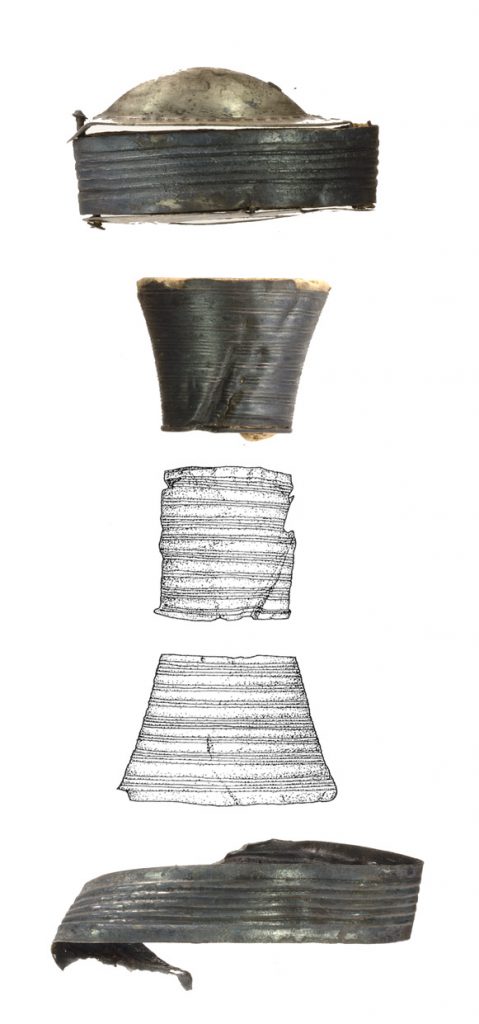Nydam mose – weapons
Dr. Andreas Rau
Excavations 1989–1999

The site of Nydam, in Southern Denmark, ranks among the salient localities for Central and Northern European research into the Early Historic period, not least because of the surviving Nydam boats. During the period AD 250-480, and within the framework of sacrificial activities, large quantities of military equipment were deposited here which can be interpreted as the spoils of war, i.e. war booty, gained during the course of military conflicts between different socio-political units.
Towards the end of the 20th century, excavation campaigns at the site by the Danish National Museum documented numerous cultural-historically very important objects and finds dating from the Late Roman Iron Age and Migration period.
By virtue of the large number of offerings (at least six but probably as many as seven or eight separate deposition events), together with the diversity of the equipment represented in the finds assemblages, the finds material from Nydam provides essential access to the history of events and lines of cultural-historical development in the northern part of Barbaricum during the Late Roman Iron Age and Migration period.
Nydam bog – weapons
Naturgemäß nehmen die Waffenbestandteile in einem Opferplatz mit Heeresausrüstungen einen ganz wesentlichen Platz ein.
The new excavations in Nydam yielded c. 150 sword blades, c. 500 lance and spear points, around 30 complete or fragmented wooden scabbards and c. 60 shields , all of which can be almost completely reconstructed. Some of the weapons will be presented as a catalogue and will commented upon with in detail within the framework of the project.
Research clusters
Man and Artefact
Research Priorities
Sacrifice of military equipment
Staff
Chiefs:
Dr. Andreas Rau
In cooperation with
Dänisches Nationalmuseum
Projekt „Jernalderen i Nordeuropa – 400 f.Kr.–600 e.Kr.“